
As the herds seem to be following the rain, luckily the past few days brought some lovely showers and there is fresh grass in the Mara once again. We were even treated to a very rare hail storm this week. Thousands of wildebeest and zebra have begun moving northwards in the Triangle. With the Migration comes endless carcasses littering the landscape; everywhere you look you see bones. This is the best time for predators to feast and vultures to scavenge. We see all the cats thriving as millions of potential meals fill their territories.
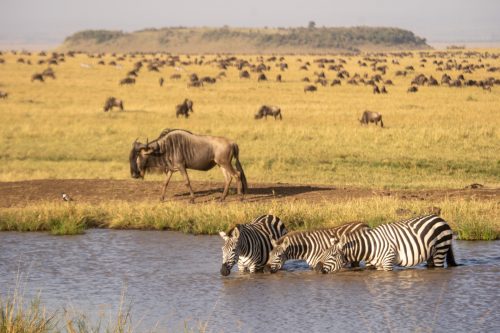
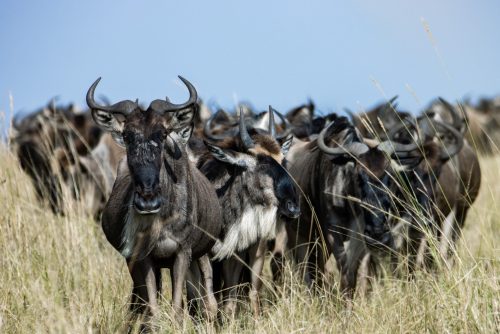


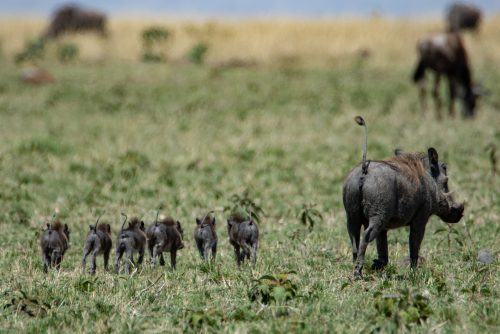
We ran into the Egyptian Pride on two different occasions this week; the first time, we found five in a location inaccessible due to rocks. However, the second time they were near the road and we witnessed an older female and some younger males devouring a wildebeest kill. We watched as they took turns eating for a short period of time, then began heading towards a nearby hill. After a big meal, they were in a playful mood and would take turns chasing each other through the fields as they roamed their territory. When they reached a place we couldn't get to, we went back to the kill. Within an hour of the lions leaving, there were vultures circling and soon they were landing, one after the other, in order to scavenge the remains.

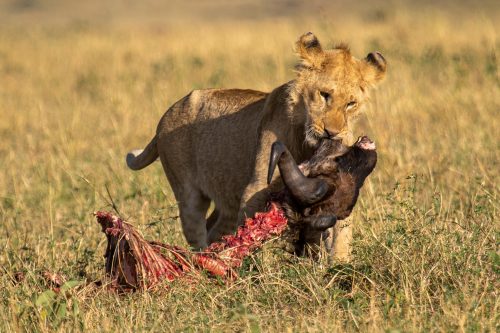


We also caught up with Ruka who has been thoroughly enjoying himself lately. Not only is he eating well with all the herds returning, but he is also mating quite frequently. He was suspected to be mating with a female from the Purungat Pride; we found him with Ginger and another unknown female. Later in the week, we came across Ruka, Nusu and Manywele as two of them were mating with two new females. It's hard to keep up with the lion romances (especially with these boys).

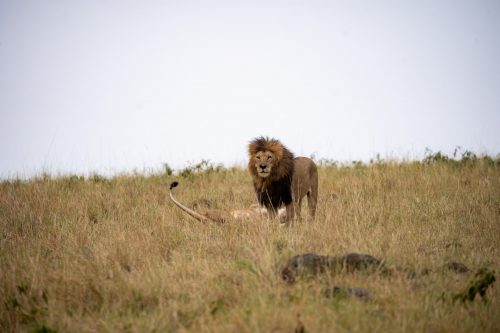
The migrating herds looking for fresh grass have drawn many leopards out — no doubt waiting to take advantage of the copious amounts of prey. After many months we were finally able to see and photograph Shujaa, almost by surprise. In a part of the Triangle called Maji Machafu, he was said to have been with a female but we did not get any pictures of her. He is about 11 years old now and a dominant male for a long time. The Salt Lick Female, about two years old, was spotted up a tree with a young wildebeest and a new unknown young female was spotted near the border of Tanzania. As you can see, the rain brings all kinds of blessings.



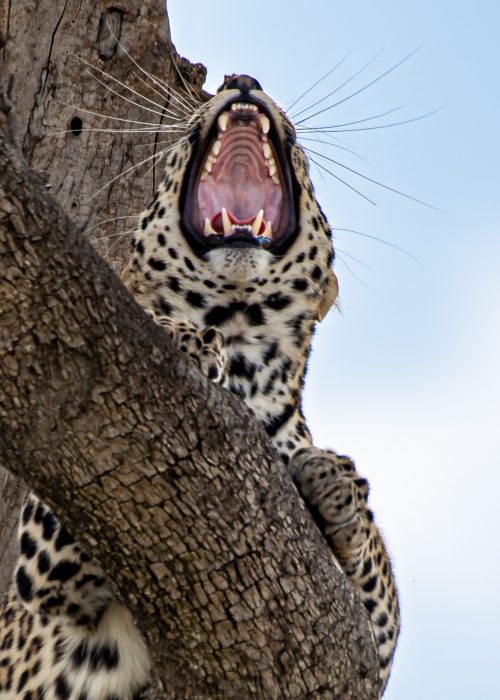
Seeing Risasi has been a regular occurrence over the past several weeks and hundreds of people have had the wonderful experience of seeing her and her playful cubs. Thes rocky hills are her home range and several times a day she will come down and hunt. The cubs are about 3 months old now and growing so quickly. It is still hard to tell how many are male or female but they all seem to have a strong bond. Not many cheetahs make it to adulthood; some research says the percentage is as low as 10%, meaning only 1 in 10 will survive. It is the first time in many years that a cheetah has given birth to a litter of this size in the Triangle and we are all rooting hard for her and her cubs.
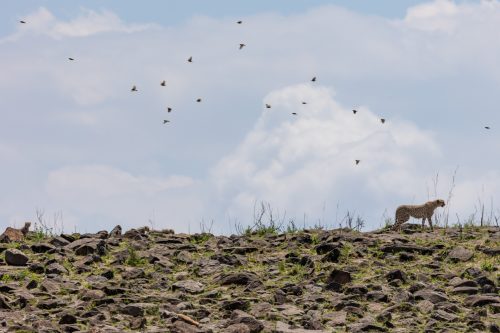


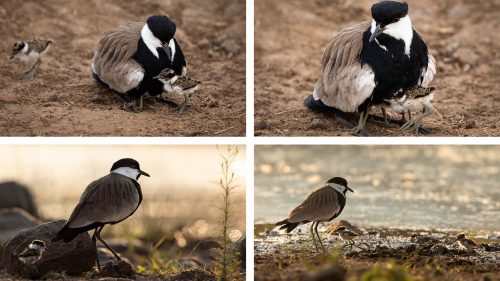
This time last year, we had a sighting even more precious and memorable than a mighty river crossing: four spur-winged lapwing chicks learning how to walk.
Filed under: This Week at Angama
Subscribe for Weekly Stories
Comments (0):
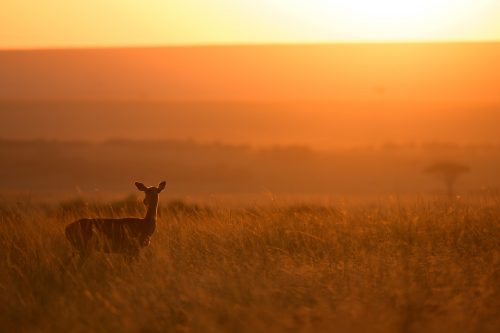
Rates & Availability